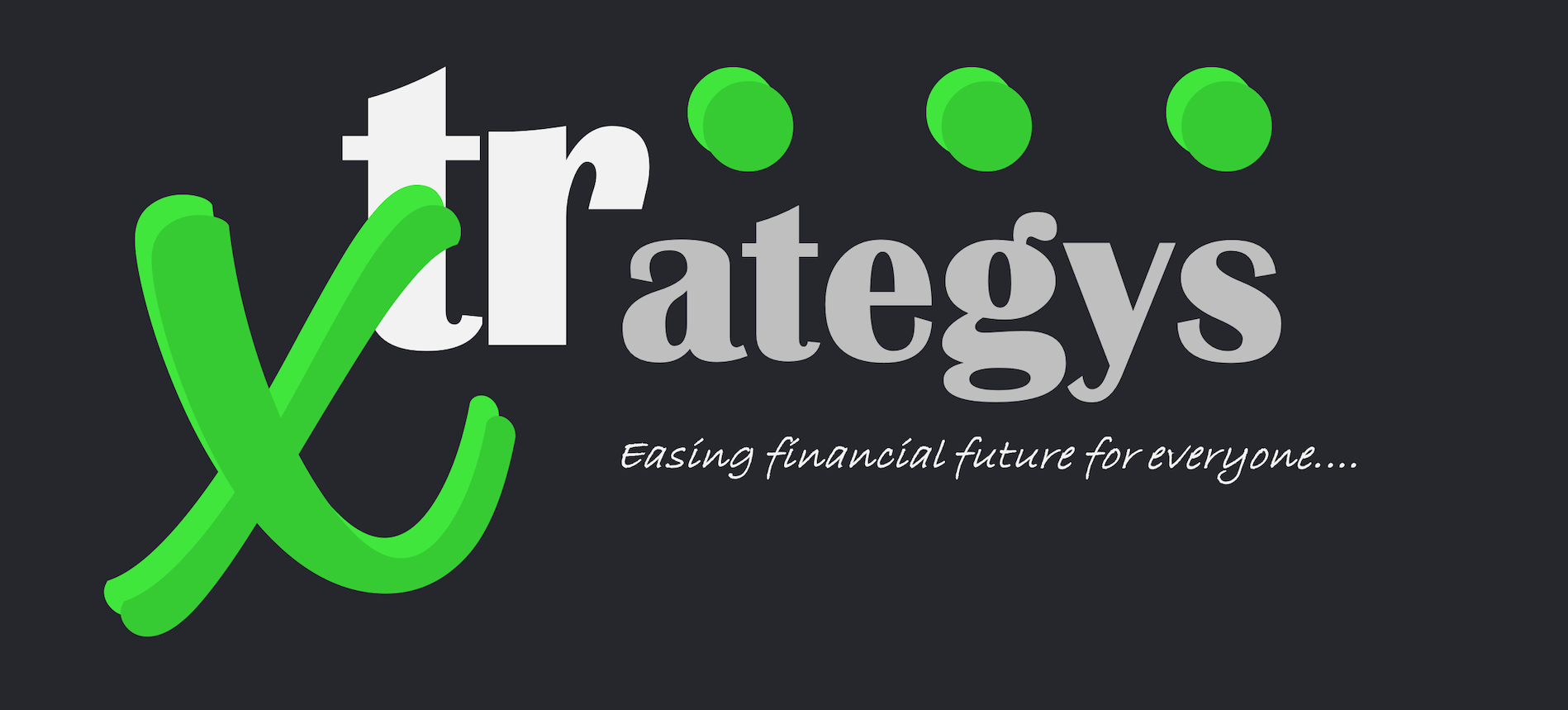The Chicago Manual of Style (CMOS) stands as a cornerstone of editorial practice, revered for its comprehensive guidance on American English grammar, punctuation, and documentation. Originating in 1906, the CMOS has evolved through its editions to address the dynamic landscape of publishing, offering an exhaustive reference for editors, writers, publishers, and students alike. Its significance in technical writing, a discipline that demands precision, clarity, and consistency, cannot be overstated. This article delves into what the Chicago Manual of Style is and explores its critical importance in the realm of technical communication.
What is the Chicago Manual of Style?
The Chicago Manual of Style is a widely accepted and used style guide in the United States, providing detailed guidelines for writing and citation practices. Published by the University of Chicago Press, its recommendations cover a vast spectrum of topics including manuscript preparation, grammar, usage, formatting, citation, and documentation styles. The CMOS is designed to support writers and editors in producing clear, well-structured, and consistently formatted documents, making it an indispensable tool for academic, commercial, and specialized publications.
Key Features of CMOS:
- Comprehensive Writing and Editing Guidelines: It includes rules on grammar, punctuation, spelling, and style nuances.
- Citation and Documentation: The guide offers extensive instructions on how to cite various sources using either the notes and bibliography system or the author-date system, catering to different academic disciplines.
- Formatting Standards: CMOS provides standards for document formatting, including table layout, figure captioning, and the use of headings and subheadings.
- Adaptability to Digital Publishing: It addresses the challenges of digital publishing, guiding citing electronic sources and adapting traditional publishing standards to online content.
Importance of CMOS in Technical Writing
Ensures Clarity and Precision
Technical writing serves to convey complex information clearly and understandably. The CMOS’s detailed guidelines on language use help technical writers craft precise and unambiguous content, ensuring that readers can easily comprehend the material, regardless of their technical background.
Promotes Consistency
Consistency in documentation, especially in technical fields, is vital for maintaining credibility and facilitating understanding. The CMOS provides a framework for maintaining uniformity across various documents, including reports, manuals, and publications, contributing to a coherent and professional presentation of information.
Facilitates Credibility and Trust
Accurate citation and documentation are crucial in technical writing to validate information and support claims. The CMOS’s rigorous standards for citing sources enhance the credibility of technical documents, fostering trust among readers and professionals in the field.
Supports Professionalism
Adherence to a recognized style guide like the CMOS reflects an organization’s commitment to professionalism and quality. It demonstrates meticulousness and respect for the audience’s need for clear, reliable information, enhancing the organization’s reputation in the industry.
Addresses the Challenges of Digital Publishing
As technical writing increasingly moves online, the CMOS’s guidance on digital publication ensures that content is accessible, navigable, and authoritative. Its recommendations on citing digital and electronic sources are particularly valuable in an era where digital resources are predominant.
The Chicago Manual of Style is more than just a style guide; it is a fundamental resource that underpins the principles of effective communication in technical writing. By providing detailed guidelines on language, formatting, and citation, the CMOS ensures that technical documents achieve the highest standards of clarity, precision, and professionalism. Its role in technical writing is indispensable, offering a solid foundation for writers and editors to convey complex information effectively to their intended audience.





